Manaslu Trek in March – March, with its mild temperatures and clear skies, is an excellent time to embark on the Manaslu Trek in Nepal. Nestled in the remote region of Gorkha, the Manaslu Circuit offers an awe-inspiring journey through diverse landscapes, ancient villages, and breathtaking vistas.
This blog post will take you on a virtual tour, highlighting the key aspects of the Manaslu Trek in March, including the weather, flora, fauna, surroundings, gear requirements, crowd conditions, festivals, side treks, and difficulty level.
Highlights of the Manaslu Trek
The Manaslu Trek is a hidden gem in the Nepalese Himalayas, providing a less-crowded alternative to the popular Annapurna and Everest regions. Here are some of the highlights you can expect during the trek:
Magnificent Mountain Views
March offers excellent visibility, allowing trekkers to witness breathtaking mountain vistas. The highlight of the trek is undoubtedly the stunning view of Mount Manaslu itself, standing tall at 8,163 meters (26,781 feet).
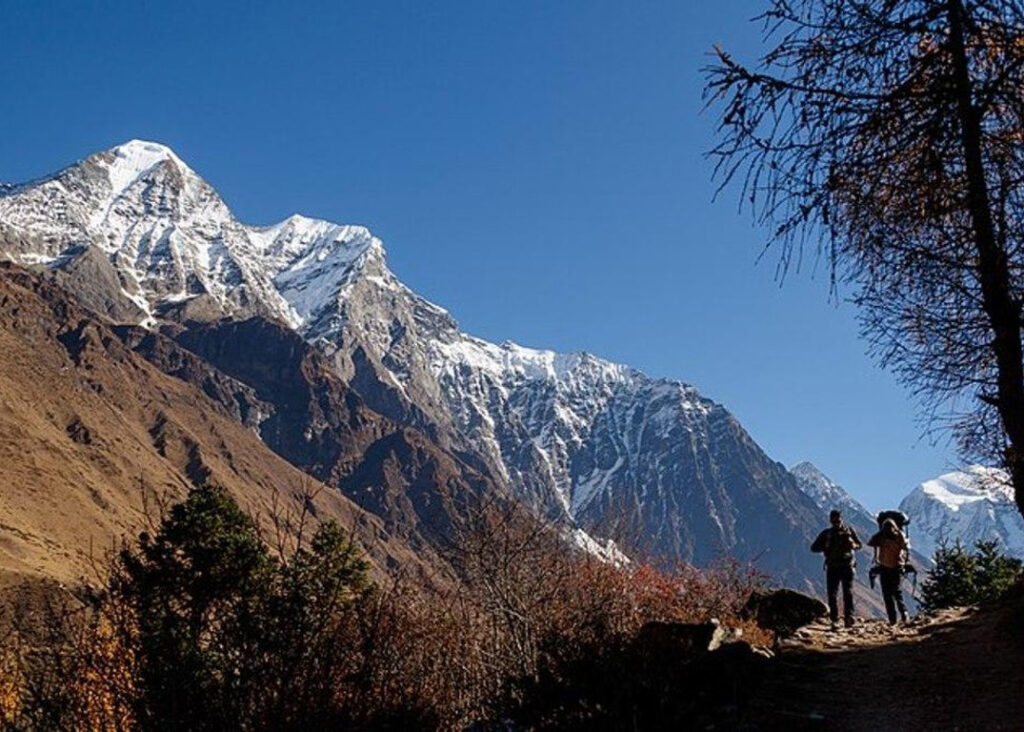
As you traverse the trail, you’ll also be treated to panoramic views of neighboring peaks, including Himalchuli, Ganesh Himal, and Ngadi Chuli. The pristine beauty of these snow-capped giants against the clear blue sky is a sight to behold.
Crossing the Larkya La Pass:
One of the most exhilarating and challenging aspects of the Manaslu Trek is crossing the Larkya La Pass, situated at an altitude of 5,160 meters (16,930 feet). March is an ideal time to tackle this pass, as the snow cover is typically less compared to the winter months.

The pass offers breathtaking views of surrounding peaks, glaciers, and the dramatic landscape of the region. It’s a true test of endurance and rewards trekkers with a sense of accomplishment.
Cultural Immersion:
The Manaslu region is home to several ethnic communities, including the Nubri and Tsum people, who have preserved their unique cultural traditions over the centuries. March allows trekkers to witness the local way of life and experience the warm hospitality of these communities.
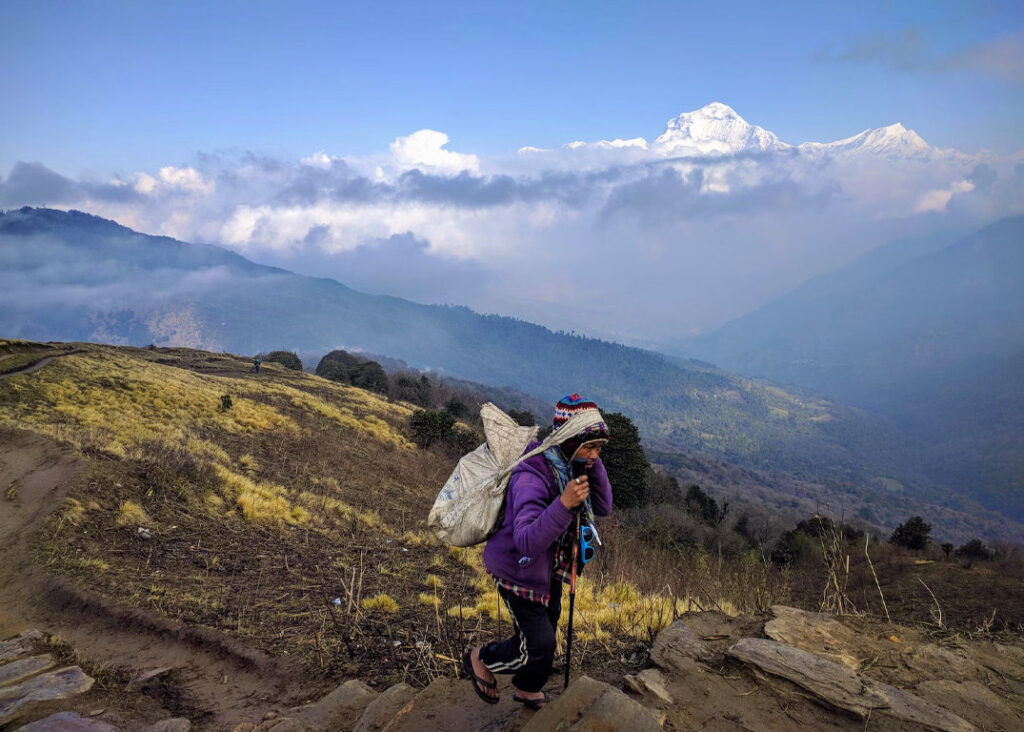
You’ll have the opportunity to visit ancient monasteries, interact with Buddhist monks, and participate in traditional rituals and festivals. This cultural immersion adds depth and richness to your trekking experience.
Serene and Less Crowded Trails:
Compared to popular trekking routes like Everest and Annapurna, the Manaslu Trek sees fewer trekkers, especially in March. This means you can enjoy the serenity and tranquility of the trail, with fewer crowds and a more immersive experience with nature.

The peaceful surroundings and undisturbed beauty of the region make for a truly unique and memorable journey.
Unique Teahouse Accommodations:
Along the Manaslu Trek, you’ll come across traditional teahouses that offer basic accommodation and local cuisine. March, being a quieter season, allows for a more personalized experience in these teahouses.
Also Read: Manaslu Trek in February
You can engage with the owners and fellow trekkers, share stories, and relax in cozy settings while enjoying delicious local meals. It’s an opportunity to experience the simplicity and charm of mountain living.
Pristine Natural Landscapes
The Manaslu region showcases a diverse range of natural landscapes, including lush green forests, cascading waterfalls, terraced fields, and deep valleys.

March brings a fresh vibrancy to these landscapes, with blooming rhododendrons, magnolias, and other wildflowers adding bursts of color to the scenery. The contrasting beauty of nature against the snow-capped peaks creates a picture-perfect setting for your trekking adventure.
Weather in March:
March marks the beginning of spring in the Manaslu region. The weather is generally favorable, with mild temperatures during the day and cooler nights. The average daytime temperature ranges between 10-15°C (50-59°F) at lower elevations, gradually decreasing to -5°C (23°F) at higher altitudes.

The clear skies provide excellent visibility, allowing you to enjoy the stunning mountain panoramas. Here are some key aspects of the weather you can expect during your Manaslu trek in March:
Temperature
In March, the temperatures in the Manaslu region are generally pleasant during the day, making it comfortable for trekking. At lower elevations, such as Soti Khola (700 meters/2,300 feet), the daytime temperatures range from around 10-15°C (50-59°F). As you ascend higher, the temperatures gradually decrease.
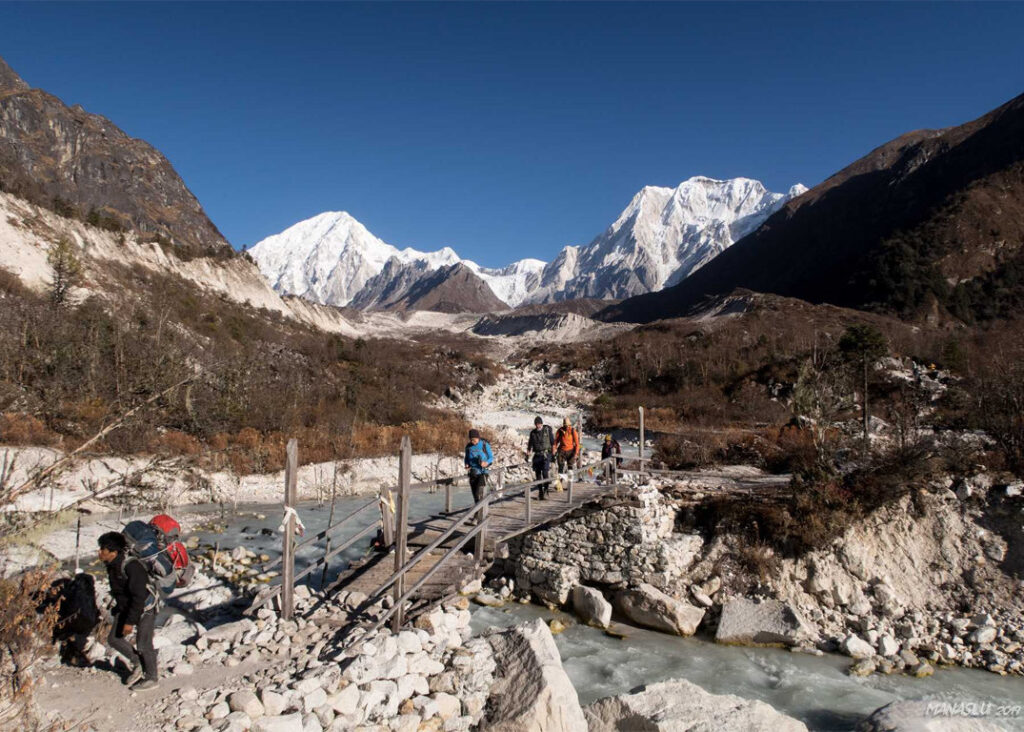
At higher altitudes, such as Samagaun (3,530 meters/11,580 feet), the daytime temperatures can range between 0-10°C (32-50°F). However, it’s important to note that temperatures drop significantly during the nights and early mornings, especially at higher elevations.
Nighttime temperatures can dip below freezing, ranging from -5 to -15°C (23 to 5°F) at higher altitudes.
Clear Skies:
March brings relatively clear skies to the Manaslu region, offering excellent visibility of the surrounding mountain ranges. This means you can enjoy unobstructed views of the towering peaks, lush valleys, and picturesque landscapes throughout your trek.

The clarity of the skies allows for stunning sunrise and sunset views, casting a warm golden glow on the snow-capped mountains.
Lower Chance of Precipitation:
March is characterized by lower precipitation levels in the Manaslu region compared to the monsoon and winter seasons. While it’s always a good idea to be prepared for unexpected weather changes in the mountains, March typically experiences less rainfall and snowfall.
However, it’s important to note that weather conditions can still be unpredictable in mountainous regions, and you should always be prepared with appropriate rain gear and warm clothing.
Transition Season:
March marks the transition from winter to spring in the Manaslu region. During this period, you might encounter some remnants of snow from the winter months, particularly at higher elevations.
Also Check: Manaslu Trek in January: Weather, Difficulty, Travel Tips, and More
The melting snow adds to the beauty of the landscapes, creating sparkling streams and waterfalls along the trail. It’s important to be cautious while trekking, as the trails can be icy or slippery in shaded areas due to melting snow.
Flora and Fauna
The Manaslu region boasts a diverse range of flora and fauna. As you ascend through different climatic zones, you’ll witness a remarkable transition in vegetation. The lower altitudes feature lush rhododendron forests, and bamboo, pine, and oak trees.
Keep an eye out for wildlife encounters, including Himalayan marmots, langurs, musk deer, and if you’re lucky, even the elusive snow leopard.
Flora
March is a wonderful time to witness the blooming flora in the Manaslu region as the winter snow begins to melt and temperatures gradually rise. Here are some notable plants and trees you may come across during your trek:
Rhododendrons
The Manaslu region is renowned for its diverse species of rhododendrons, Nepal’s national flower. In March, you can witness these beautiful flowers in bloom, with vibrant colors ranging from deep reds to pinks and whites.

The sight of rhododendron forests in full bloom adds a splash of color to the trekking trails.
Magnolias
March also brings the blooming of magnolia trees, known for their large, fragrant flowers. These elegant white or pink blossoms provide a delightful aroma as you pass through the forests.
Juniper and Pine Trees
As you ascend in altitude, you’ll come across forests of juniper and pine trees.
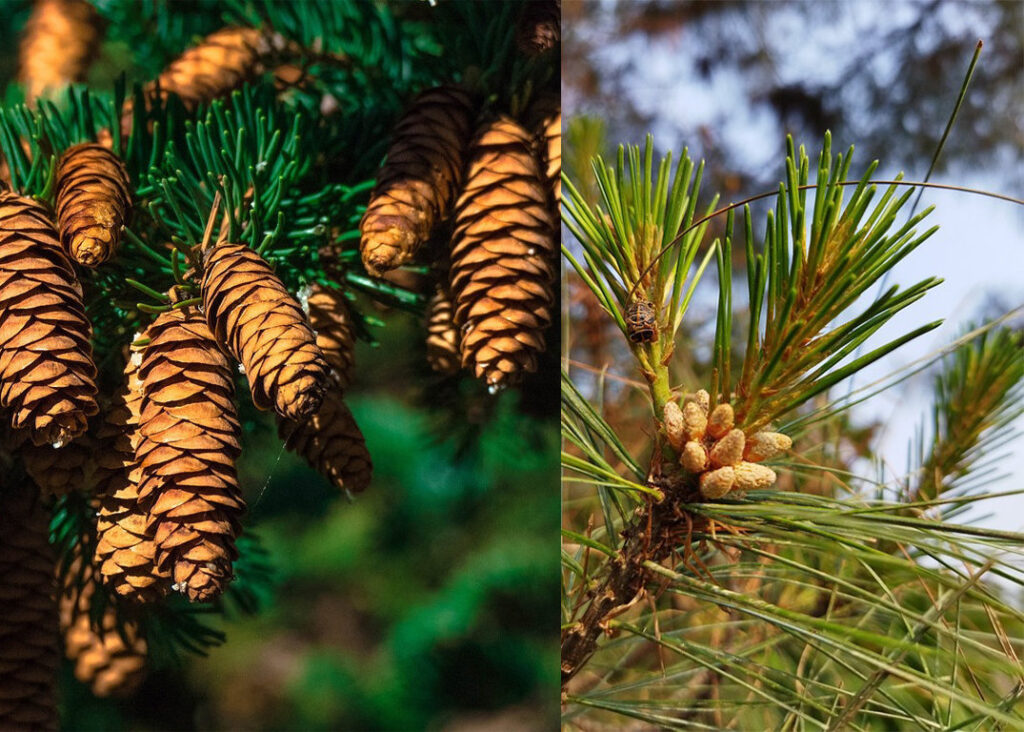
These evergreen trees contribute to the scenic beauty of the Manaslu region and provide shade along the trekking trails.
Alpine Meadows
At higher elevations, you’ll encounter alpine meadows adorned with a variety of wildflowers, such as primroses, blue poppies, and edelweiss.

These meadows burst into color during March, creating a picturesque backdrop against the towering peaks.
Fauna
The Manaslu region is home to diverse wildlife, and although sightings can be rare due to the rugged terrain, you may come across some fascinating species. Here are a few notable fauna that you might encounter during your trek:
Himalayan Tahr
The Manaslu Conservation Area is known for its population of Himalayan Tahr, a large mountain goat species with a thick reddish-brown coat.

Keep an eye out for these sure-footed animals grazing on steep slopes or traversing rocky terrain.
Musk Deer
Another elusive inhabitant of the region is the musk deer. With its distinctive long canine teeth and scent glands that produce musk, this nocturnal creature roams the forests of Manaslu.

Although sightings are rare, you may catch a glimpse if you’re lucky.
Snow Leopard
The snow leopard, a highly endangered and elusive big cat, is known to inhabit the higher elevations of the Manaslu region.

While spotting a snow leopard is extremely rare, their presence adds to the region’s ecological significance and serves as a reminder of the importance of conservation efforts.
Birds
The Manaslu region is a haven for birdwatchers. March is an ideal time for birding, as migratory species return and resident birds become more active.
Keep an eye out for species such as the Himalayan monal, Tibetan snowcock, yellow-billed chough, and various species of eagles, falcons, and vultures.
Himalayan Marmots:
These adorable creatures, resembling oversized ground squirrels, can often be spotted in the lower meadows and rocky areas of the trek. With their whistling calls and playful behavior, marmots add a touch of charm to the trekking experience.
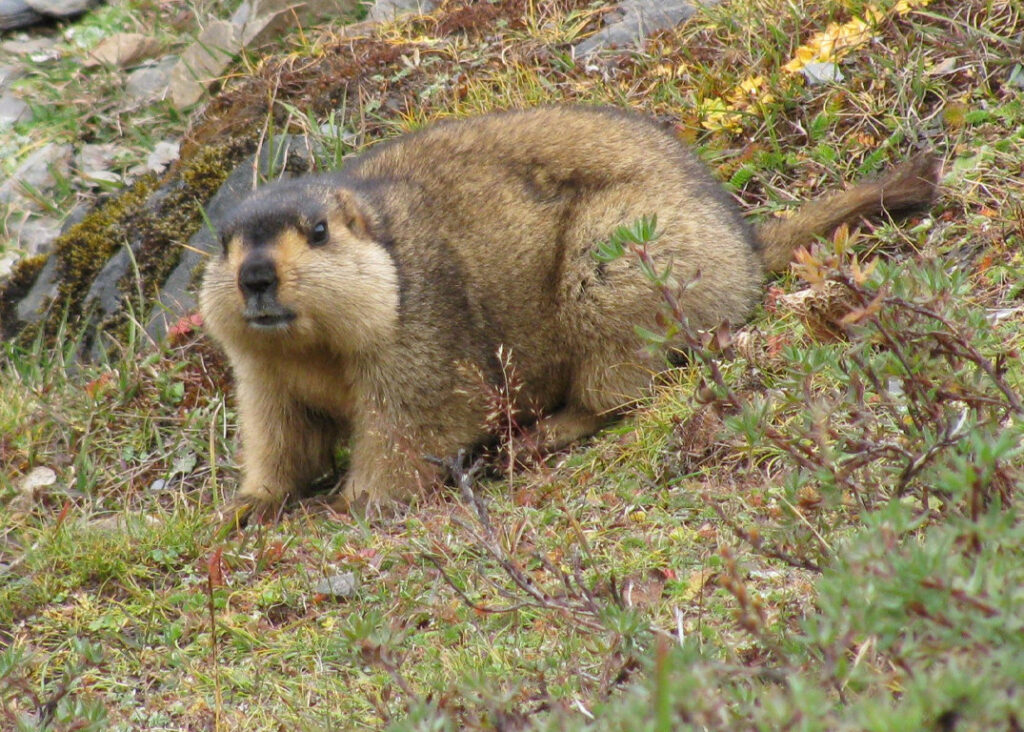
It’s important to remember that wildlife sightings cannot be guaranteed, as many animals are shy and prefer to avoid human presence. However, the Manaslu region‘s rich biodiversity and natural habitats provide an opportunity to appreciate and respect the flora and fauna that call this pristine environment home.
Surroundings and Cultural Richness
Manaslu Trek in March- The Manaslu Trek presents an excellent opportunity to immerse yourself in the unique culture and traditions of the local communities. You’ll pass through remote villages adorned with intricately carved mani walls, prayer flags, and monasteries.
Interacting with friendly locals and experiencing their warm hospitality will be an enriching aspect of your journey.
Essential Gear
To ensure a comfortable and safe trek, it is important to pack the right gear. Here are some essentials:
- Sturdy trekking boots
- Layered clothing for varying temperatures
- Sleeping bag suitable for sub-zero temperatures
- Waterproof and windproof outerwear
- Trekking poles for stability
- Sunscreen, sunglasses, and a hat for sun protection
- First aid kit and water purification tablets
Crowd Conditions
Compared to other popular trekking routes, the Manaslu Circuit sees fewer trekkers, providing a sense of solitude and tranquility. March falls within the shoulder season, so you can expect a moderate number of fellow trekkers along the trail.
However, it is recommended to make accommodation arrangements in advance to ensure availability.
Festivals
March is an exciting time to experience local festivals in the Manaslu region. The Tibetan New Year, also known as Losar, is celebrated with great enthusiasm in the Buddhist communities.
Witness colorful rituals, and cultural performances, and indulge in traditional cuisine during this vibrant festival.
Getting from Manaslu to Kathmandu
To return to Kathmandu from the Manaslu region, you have a couple of options. The most common route is to retrace your steps back to Soti Khola, the starting point of the trek. From there, you can take a jeep or a local bus to the city of Kathmandu. The journey may take around 7-8 hours, depending on road conditions.

Alternatively, you can choose to extend your trek and explore the Tsum Valley, a culturally rich and less-explored area adjacent to the Manaslu Circuit. After completing the Tsum Valley trek, you can return to Kathmandu by following the same route.
Side Treks
If you have extra time and are looking to further enhance your Manaslu trekking experience, there are several side treks worth considering:
Tsum Valley Trek
This trek takes you through remote villages in the Tsum Valley, providing a deeper insight into the unique culture and traditions of the local people.

Pungyen Gompa Trek
This side trek leads you to Pungyen Gompa, a serene monastery situated at the base of the magnificent Ganesh Himal. The trail offers breathtaking views of the surrounding peaks and landscapes.
Manaslu Base Camp Trek
For those seeking a more challenging adventure, the Manaslu Base Camp trek takes you to the foot of Mount Manaslu itself. This trek requires additional permits and involves higher altitudes.
Difficulty Level
The Manaslu Trek is considered a moderately difficult trek, suitable for experienced trekkers or those with a good level of fitness and trekking experience. The trail involves steep ascents and descents, crossing high mountain passes, and walking on rocky terrain.
Altitude sickness can also be a concern, particularly when crossing the Larkya La Pass. Adequate acclimatization and proper preparation are essential for a successful trek.
Conclusion
Embarking on the Manaslu Trek in March offers an unforgettable adventure through the mesmerizing landscapes of the Nepalese Himalayas. From the majestic views of Mount Manaslu to the rich cultural encounters with local communities, this trek promises a truly immersive experience.
With favorable weather conditions, vibrant festivals, and the option to explore side treks, March presents an ideal time to embark on this journey of a lifetime. Just ensure you have the right gear, plan your accommodations in advance, and prepare yourself physically and mentally for the challenges that lie ahead. Get ready for an extraordinary trekking experience that will leave you with lasting memories.
Let our expert team at Asian Heritage Treks and Travel take care of everything — from guided tours to personalized packing tips and travel arrangements.
Plan My Manaslu Trip







